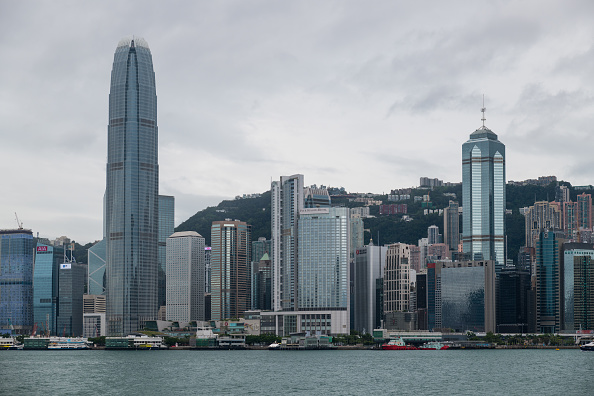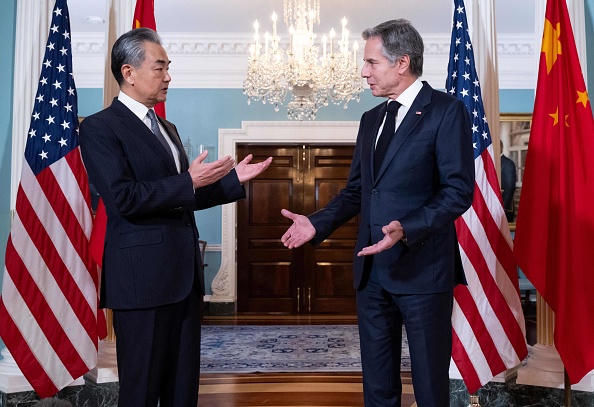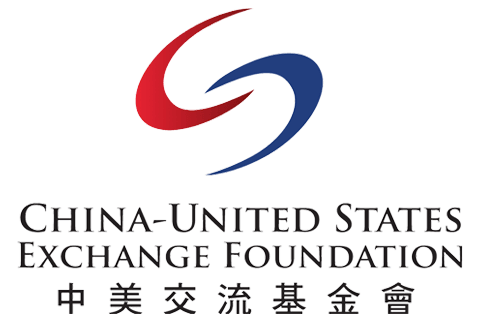
Dear Focus Reader,
China's annual Two Sessions opened this week, marking a critical juncture for the country's economic and political landscape.
On Tuesday, Premier Li Qiang delivered his first government work report on the opening day of the National People's Congress, unveiling China's GDP growth target of around 5 percent for 2024. Additionally, he emphasized Beijing's commitment to creating more than 12 million new urban jobs, while maintaining the urban unemployment rate at 5.5 percent and inflation at 3 percent. However, questions remain on how the country will address its economic challenges, including a real estate downturn, local government debt woes, and declining foreign investment.
This year is also the first time in three decades that China's premier will not host a press conference at the end of the sessions, which has historically been one of the few opportunities for foreign press to engage with high-ranking officials. The press conference has served as a key opportunity to explain China's big-picture policies to domestic and global audiences, and some view the cancellation as a sign that Beijing wants to centralize control of its narrative even more tightly.
And despite speculations prior to the sessions, personnel appointments are missing from the sessions' agenda, so it appears that no personnel appointments will be announced, suggesting that current vacancies in the state council and central military commission will remain vacant for a while.
Ahead of the meetings, Foreign Minister Wang Yi also spoke to tensions between China and the U.S., warning that conflict between the two countries would have "unimaginable consequences."
While he mentioned that bilateral relations have improved since the meeting between Presidents Joe Biden and Xi Jinping in San Francisco last year, "Washington's misperceptions about China still linger and its promises have not been fulfilled."
For more on China policy, catch up on our latest Focus content, including topics covering AI cooperation, trade and economy, and China's role in the Middle East.
With 45% of the global population and contributing around 36% of global GDP in purchasing power parity terms, the expanded BRICS alliance underscores its substantial impact on the world economy and demographics.
Learn more in "BRICS Positions Itself for Leadership of Developing World," by Sajjad Ashraf, a former adjunct professor at the National University of Singapore.
Sara Jane Ho | Women at WEF
Watch VideoIn honor of International Women's Day, The China Current released the first part of its "Women@WEF" series today, featuring an interview with Sara Jane Ho at the World Economic Forum.
In our Focus Insights section, we shared an article by Brian Wong where he discusses Hong Kong's potential as a platform for Sino-American AI cooperation.
We want to hear from you:
In your opinion, what specific areas of AI cooperation between the U.S. and China could benefit from Hong Kong's involvement?
Submit your thoughts to USeditor@chinausfocus.com for a chance to be featured in next week's Focus This Week.
useditor@chinausfocus.com for more info.
Prepared by China-US Focus editorial teams in Hong Kong and New York, this weekly newsletter offers you snap shots of latest trends and developments emerging from China and the U.S. every week. It is a community space to exchange thoughts and ideas about the China-U.S. relationship and beyond.
- 2024-03-01 Focus This Week: Policy Preparations
- 2024-02-23 Focus This Week: Seeking Momentum
- 2024-02-16 Focus This Week: Global Security
- 2024-02-09 Focus This Week: Economic Hits
- 2024-02-02 Focus This Week: Working Groups
- 2024-01-26 Focus This Week: Laying the Groundwork
- 2024-01-19 Focus This Week: A Charm Offensive
- 2024-01-12 Focus This Week: Global Impacts
- 2024-01-05 Focus This Week: New Prospects
- 2023-12-21 Focus This Week: Ending on a High Note
- 2023-12-15 Focus This Week: Economic Review
- 2023-12-08 Focus This Week: Climate Talks
- 2023-12-01 Focus This Week: Looking Forward
- 2023-11-22 Focus This Week: A Temporary Ceasefire
- 2023-11-17 Focus This Week: An Anticipated Meeting
- 2023-11-11 Focus This Week: Change and Progress
- 2023-11-03 Focus This Week: Anticipating APEC
- 2023-10-27 Focus This Week: Diplomatic Strides
- 2023-10-20 Focus This Week: De-escalation
- 2023-10-13 Focus This Week: Seeking Peace




